How to avoid high chair accidents
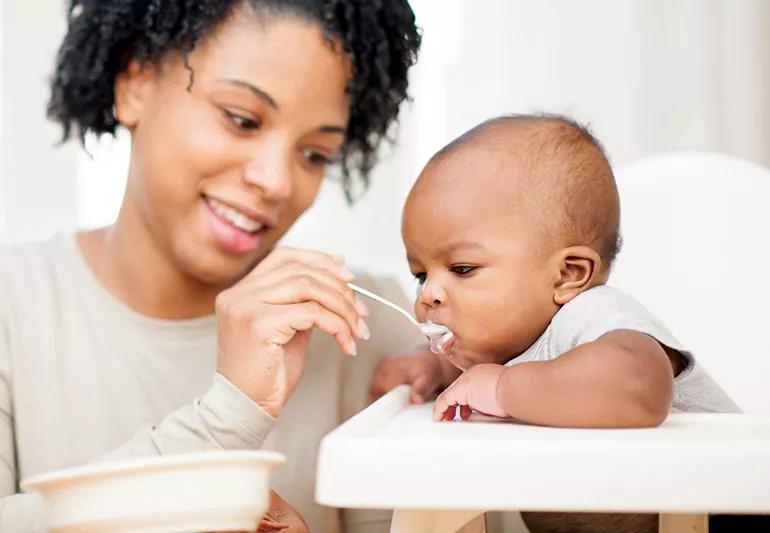
Whether you’re a new parent or have one (or a few!) already, shopping for your little one can be stressful, especially when it comes to furniture. When we buy these bigger items for our children, we expect the items to be 100% safe for them. However, there’s an alarming increase in the number of high chair and booster seat injuries.
Advertisement
Cleveland Clinic is a non-profit academic medical center. Advertising on our site helps support our mission. We do not endorse non-Cleveland Clinic products or services. Policy
One study found a 22% increase in high chair-related incidents in children ages 3 and under, says pediatrician David Shafran, MD.
“This may reveal safety issues with the chairs themselves,” says Dr. Shafran. “Or it may reflect that parents either are not using the restraints or they are not using them effectively.”
Most of the accidents are falls that happen when the child stands in the chair and result in head, neck and facial injuries, including bruises, cuts or concussions.
The best way to keep your child safe is to use the three- or five-point harness system that comes with the chair. Dr. Shafran recommends the following safety tips:
Advertisement
The Consumer Product Safety Commission (CPSC) approved a mandatory rule that says high chairs must meet requirements for stability and restraint systems. When shopping for a high chair, CPSC recommends finding one that was manufactured on or after June 2019, which is when the safety standard went into effect.
“Avoid the emergency room by not letting your children stand or play on chairs or use them as ladders to reach high things,” he says. “Keep the area around the high chair clear of sharp silverware or anything else that your child can grab, too.”
While it’s normal for children to explore, it’s important to not let them stand or climb on furniture where they can fall or hurt themselves. Chairs and tables can tip or topple over, and kids can fall onto hard surfaces and objects, or heavy objects, like TVs, can fall onto them. The CPSC reports that a child is sent to the emergency room every 43 minutes as a result of furniture toppling onto them.
To further help prevent big items from falling over onto your child, anchor your furniture, keep cables out of reach and keep toys off of furniture where your child can climb up on.
Don’t forget to clean the high chairs regularly because food gets stuck in and mold can develop on open services in the cracks.
“It’s crucial to be diligent in watching small children when they play and to teach them from an early age about the boundaries of what is safe,” says Dr. Shafran. “This helps the behaviors to become ingrained as they get older.”
Advertisement
Learn more about our editorial process.
Advertisement

Use these precautions to guard against tragedy
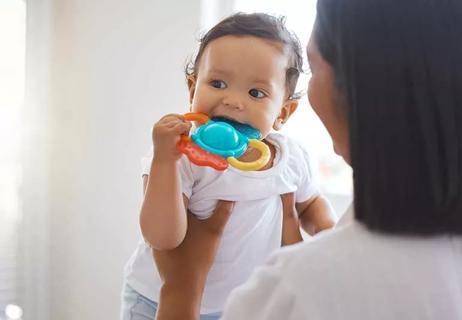
Bath toys with little holes in the bottom are more likely to retain moisture and start to mold
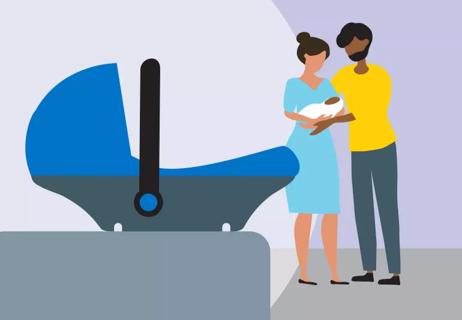
Babies born preterm may need special precautions to ride safely in a car

Keep your child rear-facing as long and possible, and ensure proper fit and installation
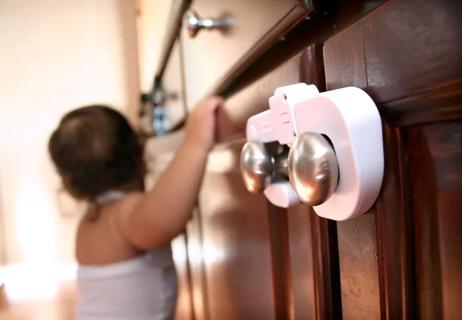
Install cabinet locks, outlet covers and safety gates to keep your child safe
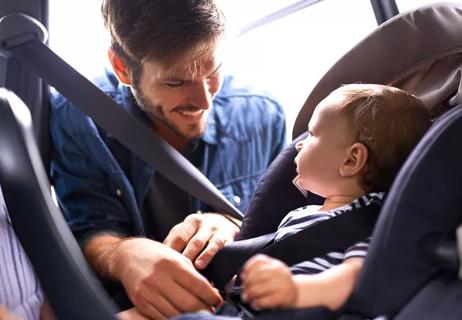
Get the answer along with tips for safe installation
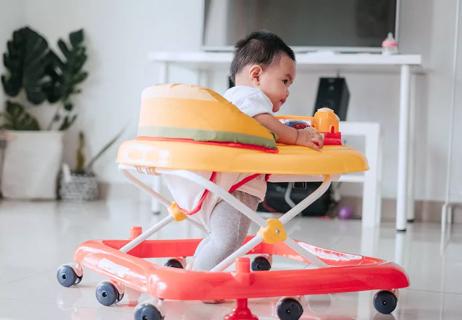
Thousands of head and neck injuries occur every year
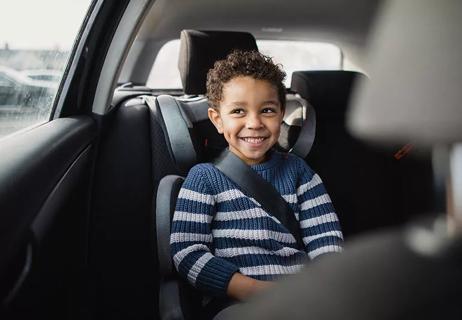
How to know when your child’s ready to face front, switch to a booster seat and more

Babies can get congested easily, but you can calm their cough by keeping them hydrated, using nasal drops and running a humidifier

Weight loss may cause loose, sagging skin and muscle loss to your rear

Several conditions, like vitiligo and fungal infection, can cause a loss of pigmentation, leading to white spots or patches on your skin